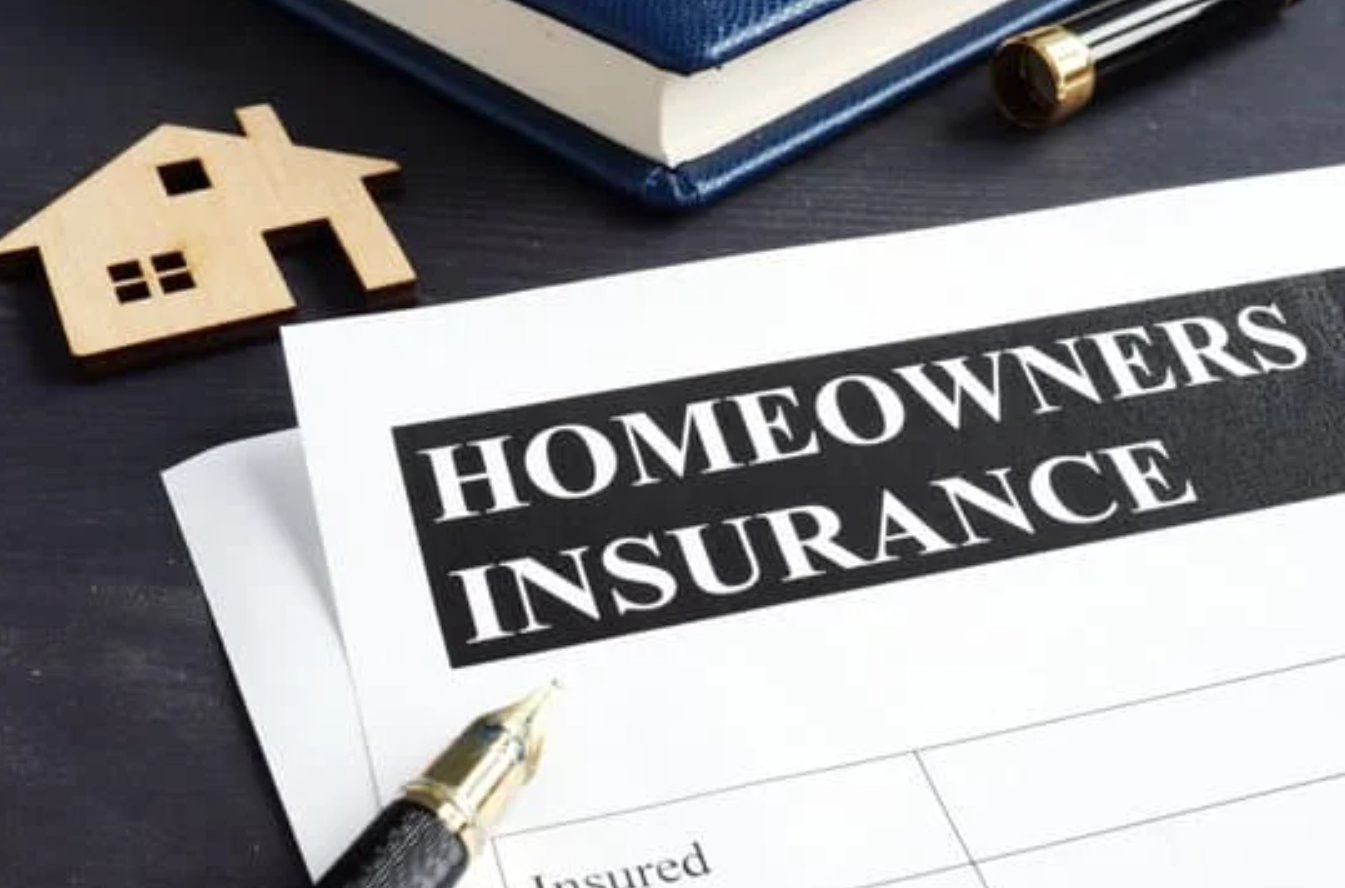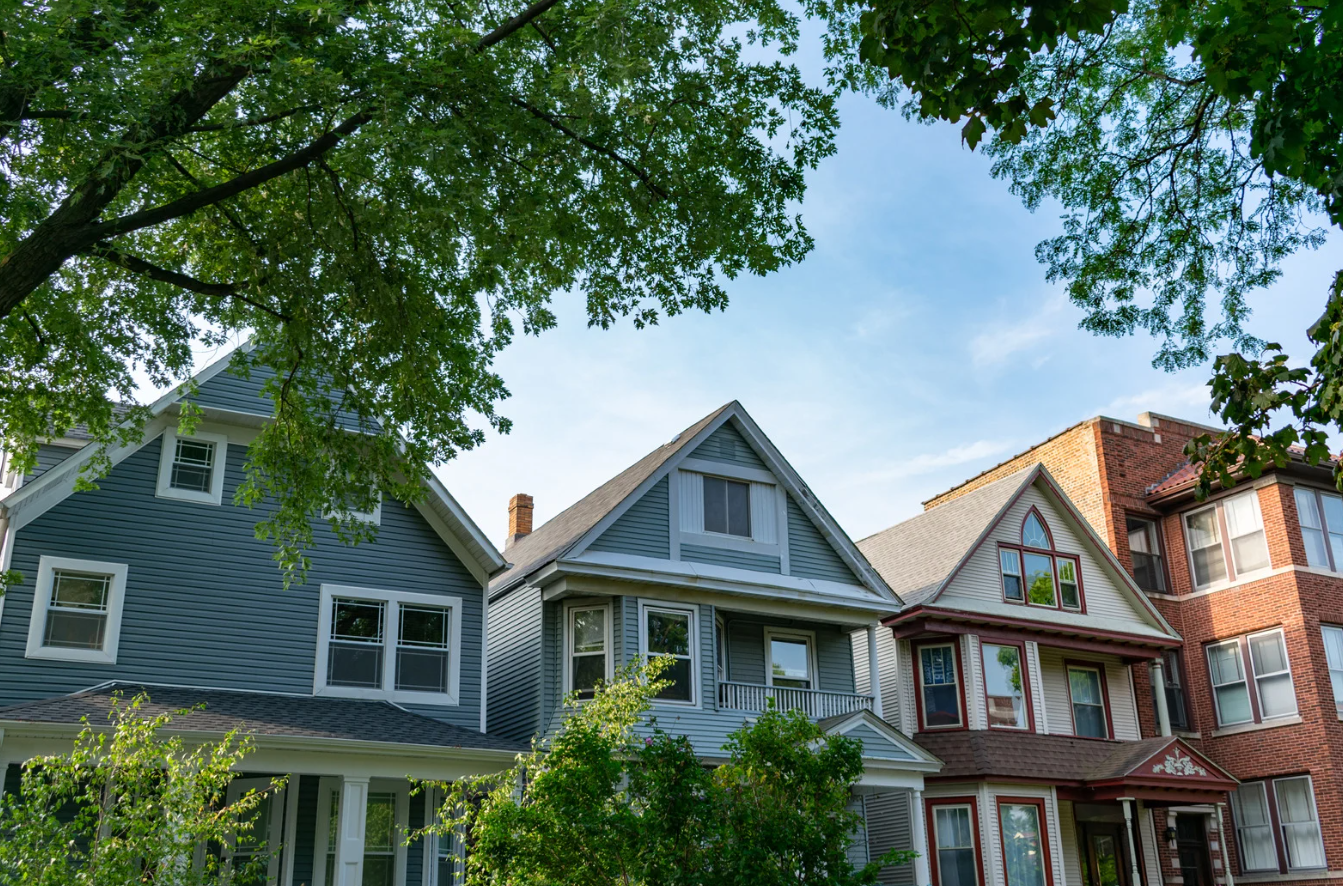In recent years, homeowners across the U.S. have been facing a growing concern: rising insurance premiums. Whether it’s due to more frequent natural disasters, the increasing costs of repairs and rebuilding, or stricter regulations, homeowners insurance is becoming more expensive — and it’s impacting home values in more ways than you might think.
If you’re buying, selling, or simply assessing your home’s worth, understanding how insurance costs play into the equation is essential. Here’s a closer look at how rising premiums are affecting the real estate market and what you need to know.
🌪️ Why Are Insurance Costs Rising?
A number of factors contribute to the rising cost of home insurance:
- Climate Change: Extreme weather events like floods, wildfires, hurricanes, and tornadoes have increased in frequency and severity, leading insurers to raise rates to cover potential damage.
- Supply Chain Issues: The ongoing challenges in construction materials and labor have made repairs more expensive, leading insurers to adjust premiums to reflect these higher costs.
- Regional Risks: Areas with a high risk of flooding, fire, or other disasters face higher premiums — and in some cases, insurers are choosing not to offer coverage at all in these locations.
- Insurance Market Fluctuations: Changes in the financial markets and inflation have forced insurers to raise premiums to maintain profitability.
💡 How Rising Insurance Costs Impact Home Values
For homeowners and potential buyers, higher insurance premiums can have several consequences:
1. Decreased Affordability
Higher insurance premiums add to the overall cost of homeownership, making it more expensive to maintain a property. This can affect:
- Buyers’ ability to qualify for mortgages, as monthly payments go up
- Sellers’ ability to price their homes competitively, especially in areas where premiums have spiked
In some cases, rising premiums could cause homebuyers to look elsewhere for properties in areas with lower insurance costs.
2. Increased Risk Perception
When insurance premiums rise sharply in a given area, buyers may perceive the property as high-risk and avoid making an offer. This can be particularly true in areas prone to natural disasters. Properties in these regions might lose value over time if buyers become wary of future insurance hikes or the potential for disaster-related damage.
3. Changing Neighborhood Dynamics
Some neighborhoods or regions that once enjoyed low insurance rates may start to see those rates climb, especially if they experience repeated damage or are near disaster-prone areas. As premiums increase, property values in these areas may stall or decline, affecting the local real estate market. This can be particularly true for coastal or wildfire-prone areas, where insurance companies have raised premiums significantly in recent years.
🏡 What Buyers and Sellers Should Consider
For Buyers:
- Factor in the cost of insurance when budgeting for a new home. Sometimes, a lower purchase price can be offset by significantly higher insurance premiums, making the home less affordable in the long run.
- Research insurance premiums in the area before making an offer. If you’re looking at properties in disaster-prone areas, consider the potential for future insurance rate hikes.
- Look for homes with risk-reducing features (such as fire-resistant materials or flood-proofing) — these may offer lower insurance premiums and potentially protect your investment.
For Sellers:
- Be transparent about insurance premiums. If you’re selling a home in a high-risk area, make sure potential buyers understand the insurance situation. This can help avoid future surprises during the closing process.
- Highlight risk-mitigating features in your listing (e.g., hurricane shutters, fire-resistant roofing), which may help offset the perceived risk and make your home more attractive to buyers.
- Price appropriately. If insurance premiums are especially high in your area, it might be necessary to adjust the asking price to reflect this added cost for potential buyers.
🔍 The Role of Eppraisal in Understanding Home Value
When dealing with rising insurance costs, understanding your home’s true market value is more important than ever. At Eppraisal, we provide accurate home value estimates through our AVM tool, helping you stay informed about the local market dynamics and the potential financial impact of rising insurance premiums.
Whether you’re buying or selling, understanding how property values are trending in your area can give you a clearer picture of how insurance costs are affecting the market. If you’re unsure about how to navigate these challenges, Eppraisal’s tools can provide valuable insight.
🧭 Final Thoughts: Be Prepared for the Long-Term
Rising insurance premiums are a growing factor in the real estate market, and their impact on home values is significant. Buyers and sellers alike should be aware of how these costs factor into their decisions and take them into account when making real estate moves.
If you’re looking to buy, sell, or simply keep tabs on your home’s value, getting a reliable home valuation is the first step. Eppraisal.com can give you the insight you need to understand the current market value and navigate how rising insurance costs might affect your real estate decisions.





